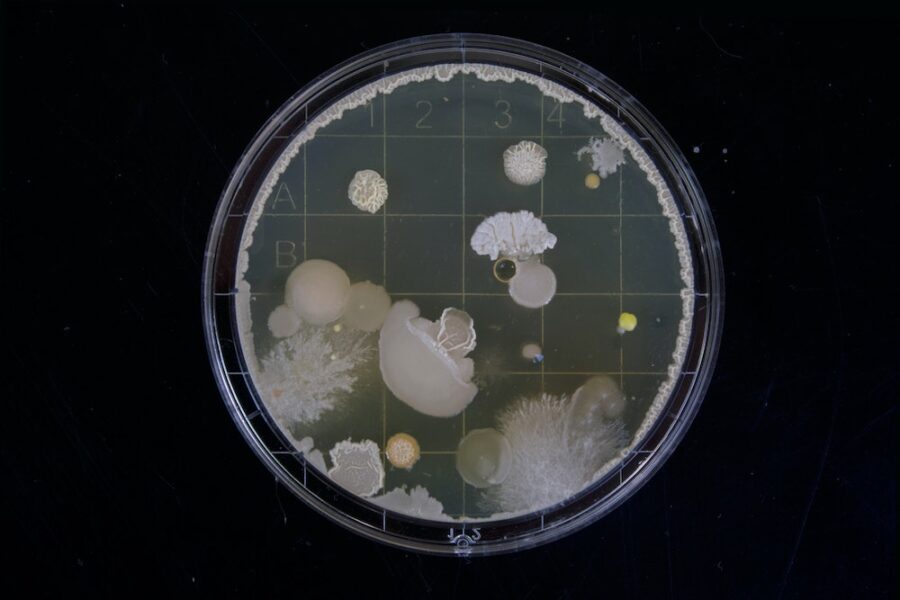Scientists Just Found Living Organisms From Over 800 Million Years Ago
It looks like scientists have discovered microorganisms from more than 800 million years ago and they might still be alive

It would be easy to think that we’ve found, uncovered, or unearthed nearly everything there is to know about our Earth. Heck, we’ve been here a long time now, and our scientific prowess is only improving. But that wouldn’t be the case. Far from it. In fact, scientists are still discovering organisms in the most unexpected places and it can tell us quite a bit about our history on this blue orb. Now it looks like they’ve dug up actual living microorganisms from more than 800 million years old. Sound like the beginning of a scary, end-of-the-world science fiction/ horror story? Sure does. But this is what we are dealing with these days and scientists may have discovered one of the more interesting findings yet.
The discovery was made by a team from West Virginia University led by geologist Sara Schreder-Gomes. This group was studying crystals found in the Browne Formation which is located in central Australia. These crystals are made of halite and date back to around 830 million years ago. These particular crystals have proven advantageous for scientists studying ancient life and microorganisms for a number of different reasons.
That’s because this halite can tell scientists quite a bit about the saltwater environments in which they formed millions of years ago and offer a chance to study the algal life that can be trapped inside at the time of the forming. The rock salt crystals hold up incredibly well (understatement) over time and using non-invasive methods scientists can study the water samples which were trapped inside the crystal at the time of its forming. Inside these halite crystals, scientists found prokaryotic and eukaryotic cells. The assumption is that they could even still be alive within the crystal now after all these years. These could be microhabitats that have survived on their own, unchanged, after all this time. It’s a fascinating discovery.
Finding a possible living organism from more than 800 million years ago is exciting on its own. This particular finding can help scientists know quite a bit about the water conditions from the time and can offer insight into the Earth’s makeup in that region as well as the formation of life at the time. But it also has implications for the exploration of other planets as well as our ability to study microorganisms there. It means that using these same, non-invasive procedures, scientists could study planets where water once existed (Mars maybe) and look at whether organisms have survived millions of years in a similar fashion.
This new version of discovery, that doesn’t alter the original formations could be critical in finding out about life on other planets as well as our own. It means not having to compromise the original sample in an effort to make key discoveries about the microorganisms possibly still living inside.
Finding ancient living things, like these microorganisms is key in how we understand our planet and other planets. And hopefully, this isn’t the start of some campy sci-fi movie where the ancient organisms are released and find their way to taking down the entire planet.












